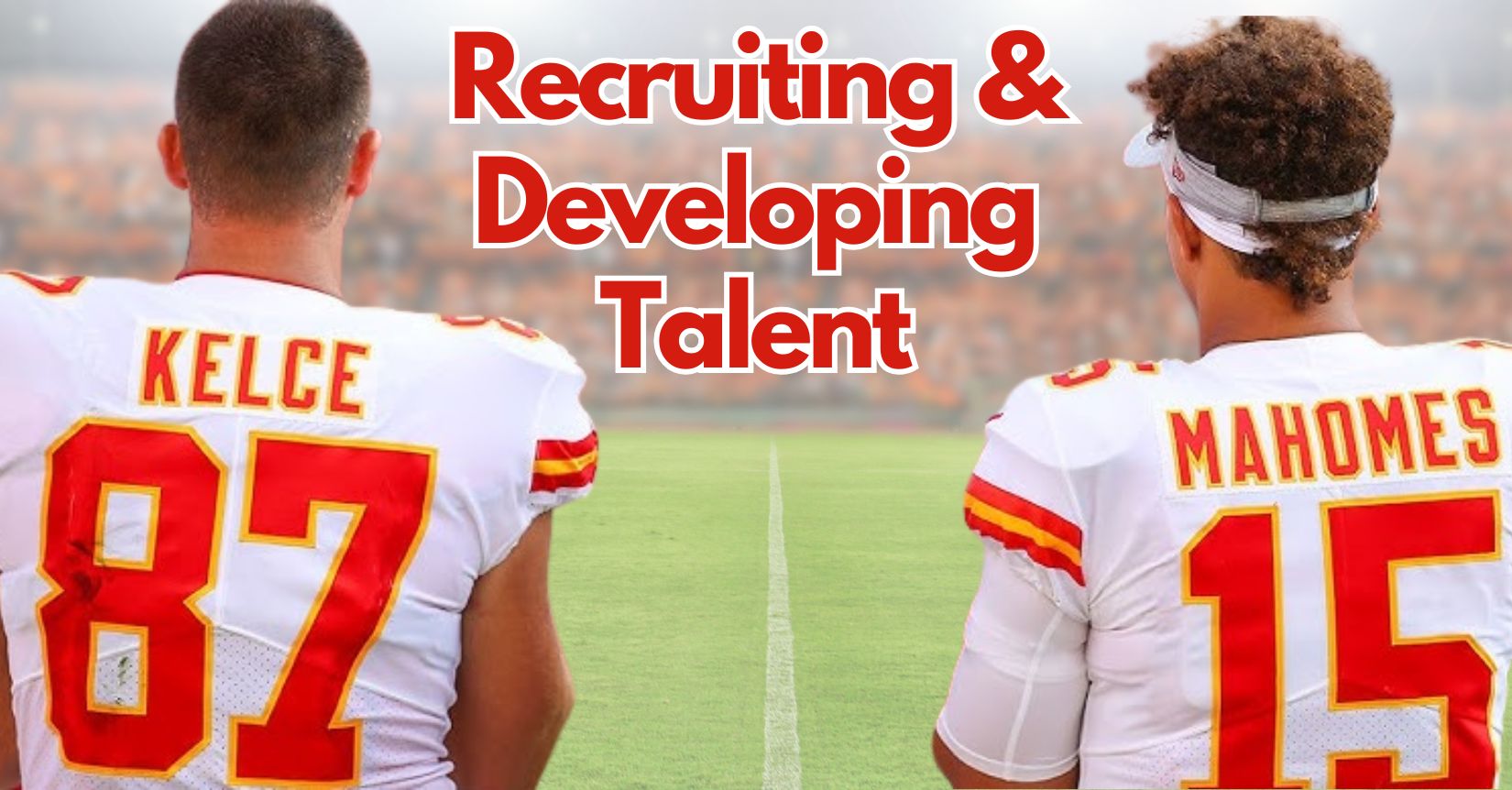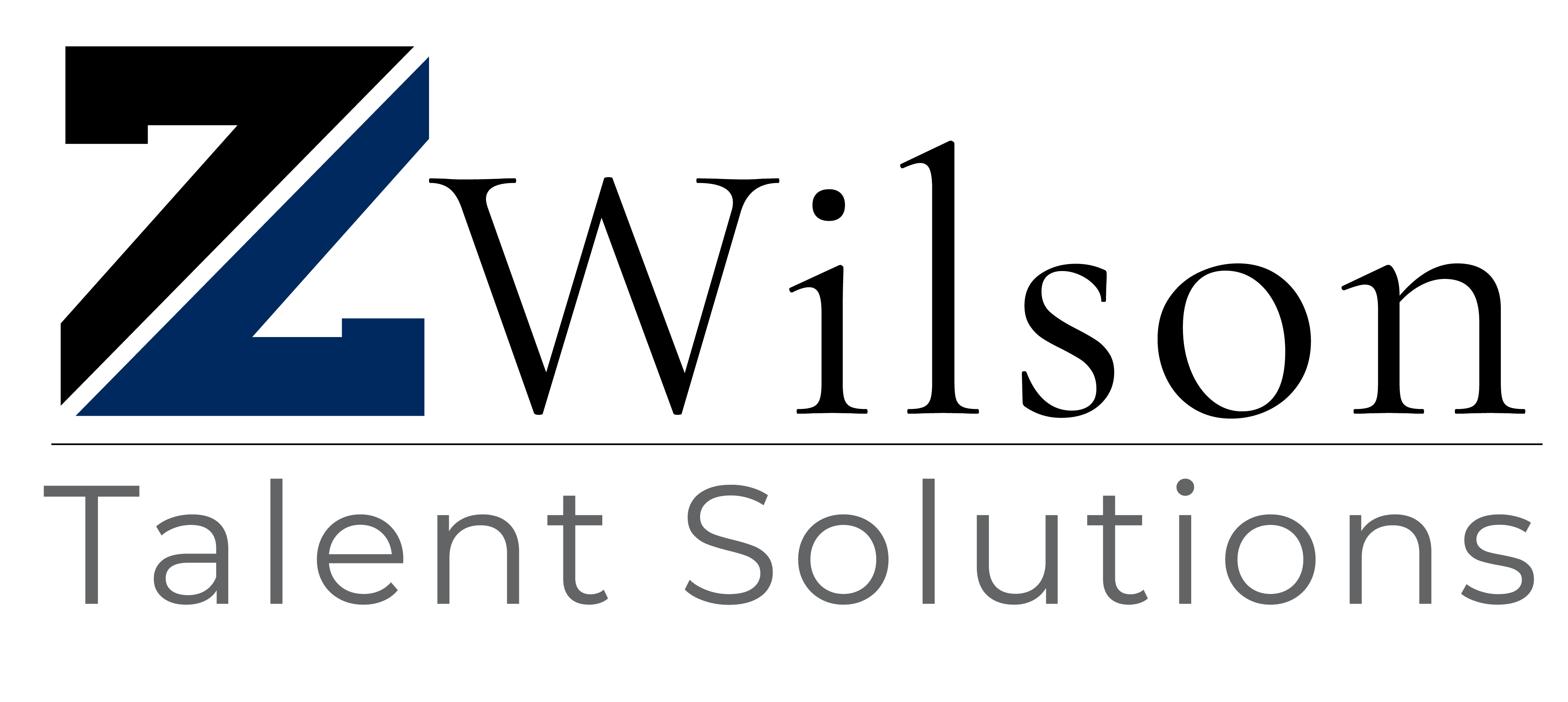
Every year, NFL teams spend millions chasing one goal: to win the Super Bowl. But the Kansas City Chiefs seem to have cracked the code on something even more valuable.
This weekend, the Chiefs are playing in the big game for the fifth time in the last six years—and they’re aiming for something that’s never been done before: three straight Super Bowl wins. It’s undeniable: from the coaching staff to the players, we’re witnessing never-before-seen greatness.
They’re a dynasty that you can’t help but admire. For me, one of the biggest reasons is their coach, Andy Reid. At 66 years old (when the average NFL coach is 47), Reid was once fired by the Philadelphia Eagles. He’s not the stereotypical hire when it comes to looks, pedigree, or age—but maybe that’s exactly what makes him great.
Andy Reid is known as an offensive mastermind, but even greater than his offensive playbook might be his playbook for identifying, developing, and harnessing the talent of his players. As a Talent Acquisition leader, I’ve noticed some key insights into his approach that hiring leaders can apply when it comes to recruiting and developing talent.
Insights into Andy Reid’s Talent Development Playbook
Think of this as an “inside look” at the Reid talent development playbook, with actionable takeaways for hiring leaders.
1. He Bets on Potential, Not Just Proven Stars
Andy Reid was already one of the best head coaches in the NFL, but when he recruited Patrick Mahomes, everything changed. This article offers a “behind the scenes look” at how Reid convinced the Chiefs’ front office to trade up from the 27th pick to the 10th overall pick to draft Mahomes—a move that was considered a gamble at the time. Many teams overlooked Mahomes, questioning his unorthodox playing style and the offensive system he played in at Texas Tech. But Reid saw something others didn’t: a player who could thrive in his system with the right development.
Key takeaway for hiring leaders: When hiring, don’t be afraid to look beyond the most obvious resume and pedigree candidates. Look for high-potential individuals who have the right qualities to thrive in your organization’s culture and system. Sometimes, the real talent lies in the potential, not just the past performance.
2. He Develops Talent Rather Than Rushing It
After drafting Mahomes, the Chiefs didn’t throw him into the fire right away. Instead, Reid let Mahomes sit behind veteran quarterback Alex Smith for an entire season. Rather than chasing an expensive free agent, they took the time to develop their own talent. The result? By the time Mahomes took over as the starter, he was ready to dominate—winning MVP in his first season and a Super Bowl in his second.
Key takeaway for hiring leaders: Resist the urge for instant gratification of finding an immediate “superstar.” Building true talent takes time and patience. A strategic development plan can yield far greater returns than a quick (and expensive) fix.
3. He Knows Players Inside and Out (Letting Them Be Themselves)
A good leader knows their employees’ strengths and skills. A great leader understands their personalities and motivations. Reid does both—and, more importantly, he lets his players be themselves.
An ESPN article highlighted Reid’s approach with tight end Travis Kelce: “He has a good feel for getting on Travis when he needs that motivation, but at the same time he lets Travis be who he is.” Reid creates an environment where players can play freely while still holding them accountable.
Key takeaway for hiring leaders: Get to know your team on a deeper level. Understand what drives them, what their passions are, and what makes them tick. Creating a culture where individuals feel seen and valued for their authentic selves unlocks their full potential.
4. He Empowers Players to Unleash Their Unique Skills
One of the most unique aspects of Andy Reid’s leadership is his willingness to empower his players. A fascinating New York Times article offers examples of the various ways he encourages Mahomes and others to experiment with new plays and strategies. Reid doesn’t micromanage—he gives his players ownership, allowing them to use their unique skills to execute their roles.
Key takeaway for hiring leaders: Empowerment leads to innovation. Give employees the freedom to make decisions within their roles, and they will often exceed expectations.
5. He Builds Adaptable Systems, Not Star-Dependent Strategies
Over the years, Reid has evolved his game plan based on his team’s strengths, proving that flexibility and trust in the bigger picture drive sustained success. When the Chiefs lost Tyreek Hill, many predicted a decline. They won the Super Bowl the very next year. This year, they’re a more defensive-oriented team, showing Reid’s willingness to put his area of expertise on the backburner to win.
Key takeaway for hiring leaders: Great organizations don’t cling to one way of doing things. They adapt based on their team’s strengths, ensuring long-term success rather than short-term fixes.
The Reid Doctrine: It’s a People Game, Not Just a Playbook
Andy Reid’s success isn’t just about X’s and O’s. It’s about people. His ability to identify, develop, and empower talent is the true secret to his sustained success. The biggest takeaway for CEOs and senior leaders: Your most valuable asset is your people. Invest in them, understand them, and empower them. That’s the real playbook for building a winning team, whether it’s on the field or in the boardroom.
By Kent Wilson
